For over 27 years, Tom Bedard has been building apparatuses for the sensory table. And it all started with a bucket.
The bucket answered a NEED at the sensory table – transporting the sand out of the table.
Hello! How many of you have fought the “there’s more sand on the floor than in the sensory table” phenomenon?
The bucket provided the children the pathway to perform this need appropriately.
You see, Tom noticed children were naturally driven to transport the sand OUT of the table. Truth.
Tom noticed that providing the bucket shifted his dialogue with the children. He no longer needed to redirect the children to keep the sand on the table.
This simple bucket gave them a place to transport it to! (Rather than on the floor!)
As a teacher researcher, Tom wondered – why does it seem that children’s attention isn’t sustained in the sensory table?
Tom noticed something. The sensory table lacked challenge.
Think about it. Once children get past the dump, pour, and fill stage, there really isn’t much else to do.
Tom had an incredible idea. What would happen if dimensions were built in and around the sensory table? His observation and research have resulted in an incredible framework for the sensory table.
Here are Tom's 5 ways to extend and deepen sensory play.
1. Alter the ORIENTATION of Planes.
Horizontal plane (the medium moves ACROSS):
Vertical plane (the medium moves DOWN):
Incline Plane (the medium moves DOWN):
2. Provide a diversity of LEVELS.
Think low (floor) to high. Levels are important for children to experience space. Notice how the child has to reach up to pour the corn down the chute!
3. Provide opportunities for OPEN and CLOSED pathways.
Think ramps, chutes, and tubes. Children will naturally try to block the flow of the medium. They will also naturally pour the medium into those pathways!
4. Provide a variety of SPACES around the table.
Think spaces over, under, around and through the table. These spaces will encourage exploration. Here's an example that is wildly wonderful! Oh, my! Look at all of those cardboard spaces!
5. Provide lots of HOLES!
Children need to put things in holes. Make holes of various sizes and shapes and on various levels. I loved this simple idea of a grid of holes over the table. Simple but amazing!
I am beyond excited to have Tom Bedard back for Summer Conference to share his new presentation: “Dialogue with Water: Children’s scientific inquiry at the water table.”
Click here to register for our online powerhouse conference this summer and get a chance to hear Tom Bedard!
ACTION STEPS:
- Start small. Start simple. Pick just one of Tom's five ways of extending the engagement of the sensory table.
- Research. Go to Tom's blog for inspiration and oodles of ideas.
- Test it!! Don't get intimidated by Tom's elaborate structures. Do ONE simple thing!
- Share your favorite sensory idea below!

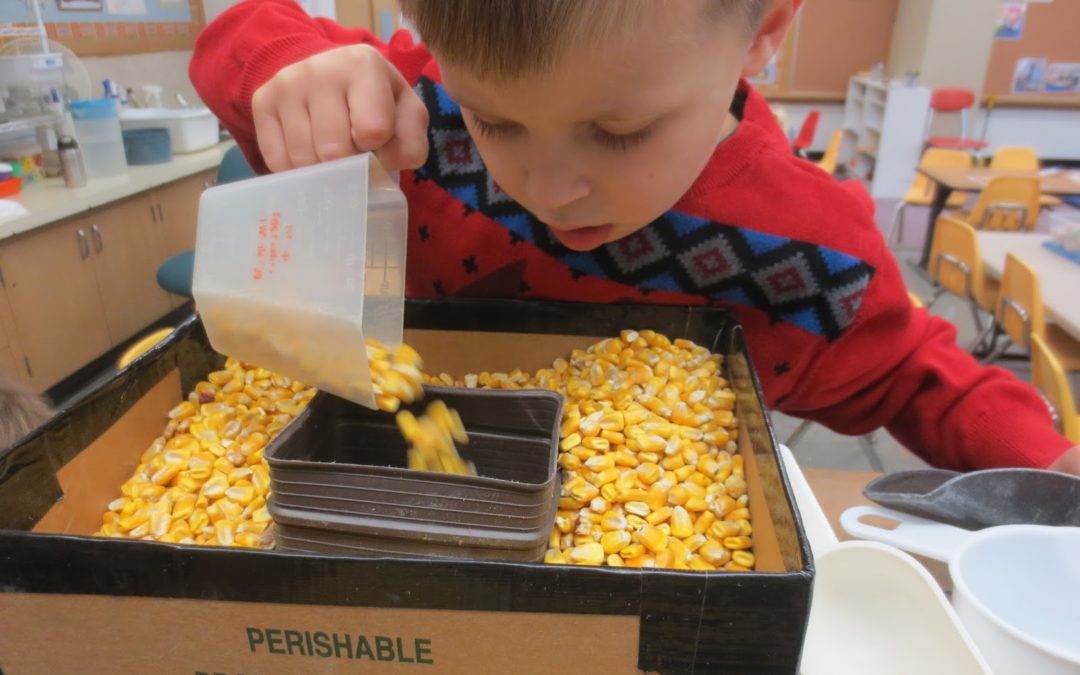
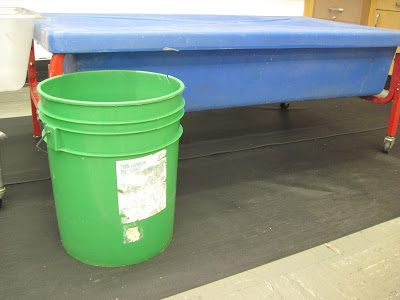
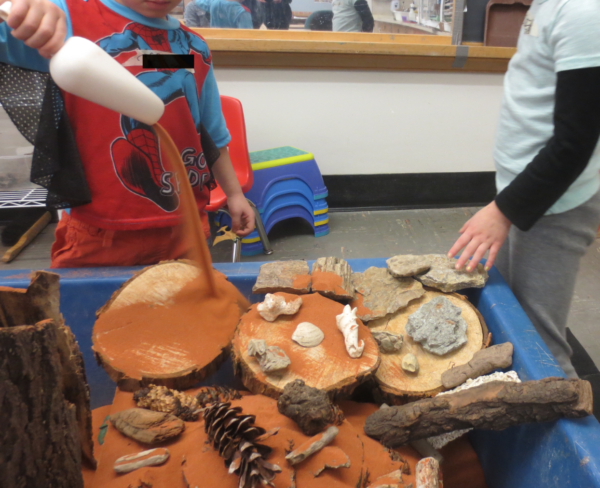
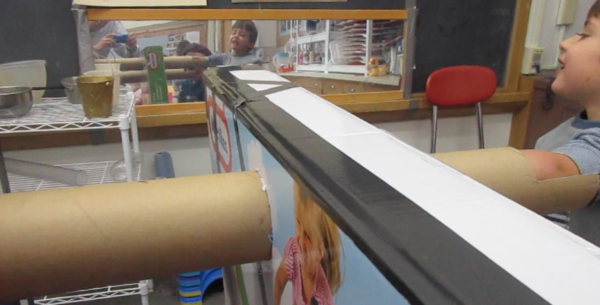
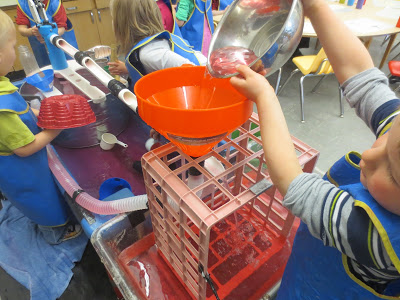
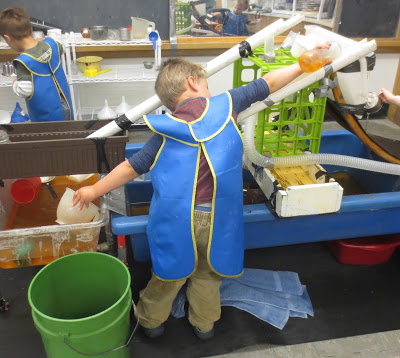

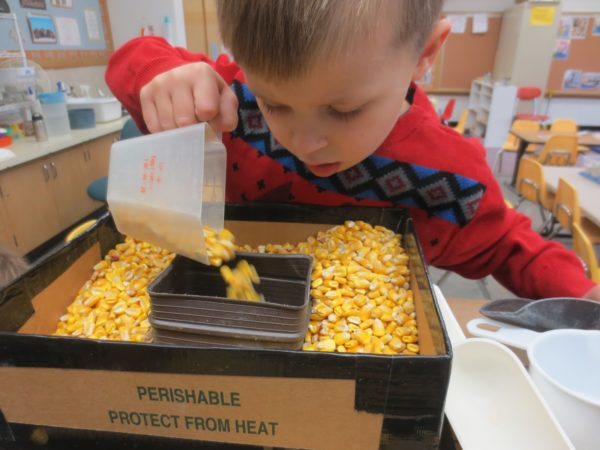

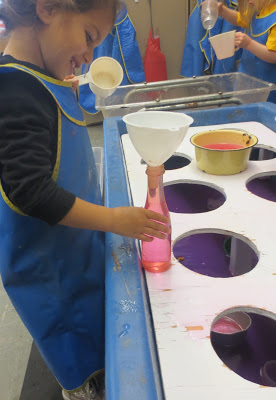


Thanks for sharing Tom’s creative and problem solving ideas for the sensory table! I will be sharing with others in the field and my College students!
Great article and good suggestions.
Hi Sally,
Loved meeting you and your family at Roys in Hawaii a couple of nights ago. I would seriously so appreciate to talk with you more about building my on-line Wildflower Apothecary presence. You can ck out my current web site for the Spa, which I just sold (the Spa part anyway) at the WildflowerSpa & Apothecary in Sandpoint, Idaho. That said, Love your site and blog! My daughter, the one you met w me at the restaurant went to the Waldorf school. I see that is in your background. As a matter of fact, I did a Seasonal Spa day, which included adding ” fairy dust” to the children’s herb and spice bath salts that we made. Much love, magic, and laughter, Dauray
Hey Sally Sally
I have not found you in the Arctic yet… but I keep waiting for you to come in santas sleigh so hurry up and come way up north and meet Santa and his elves. And hang out with me and some tea!
Hugs
Terri Mynatt Alaska is
Miss you so much friend! We must talk and drink tea by Skype!
Thank you. I have been thinking about how I can make a more inviting sensory table for out tamariki.
love your ideas
Great article.
I want to do this. Between my f/the job working in the toddler room I have a f/ft job just creating stuff.
I hear you! It can be daunting. Just do one little thing and see how your children respond! There are so many good ideas that Tom shares. Pick one little thing and let me know how it goes!
I love getting new ideas! My passion is observing and documenting what the children learn. I have been teaching a long time, but will never stop learning, gathering ideas and expanding ways enrich my experience with children!
I love that you are always are trying to deepen your teaching practice! I find that by learning new things, I keep the love of teaching new and exciting.
I Love these ideas!
Tom Bedard is a genius! He certainly brings sensory tables to a different level for sure!
This article is great. It gives number of ideas to promote science and sensory. No doubt, some of ideas are simple but creative too. These give great ideas to children to be imaginative and learn how to think out of box.
Thank you!